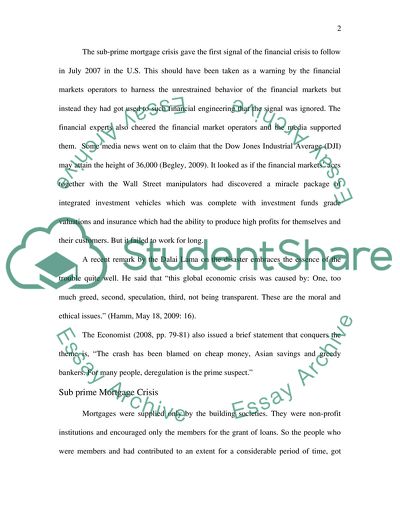Cite this document
(Developments in Banking and Finance Essay Example | Topics and Well Written Essays - 4000 words, n.d.)
Developments in Banking and Finance Essay Example | Topics and Well Written Essays - 4000 words. Retrieved from https://studentshare.org/macro-microeconomics/1734790-developments-in-banking-and-finance
Developments in Banking and Finance Essay Example | Topics and Well Written Essays - 4000 words. Retrieved from https://studentshare.org/macro-microeconomics/1734790-developments-in-banking-and-finance
(Developments in Banking and Finance Essay Example | Topics and Well Written Essays - 4000 Words)
Developments in Banking and Finance Essay Example | Topics and Well Written Essays - 4000 Words. https://studentshare.org/macro-microeconomics/1734790-developments-in-banking-and-finance.
Developments in Banking and Finance Essay Example | Topics and Well Written Essays - 4000 Words. https://studentshare.org/macro-microeconomics/1734790-developments-in-banking-and-finance.
“Developments in Banking and Finance Essay Example | Topics and Well Written Essays - 4000 Words”, n.d. https://studentshare.org/macro-microeconomics/1734790-developments-in-banking-and-finance.


